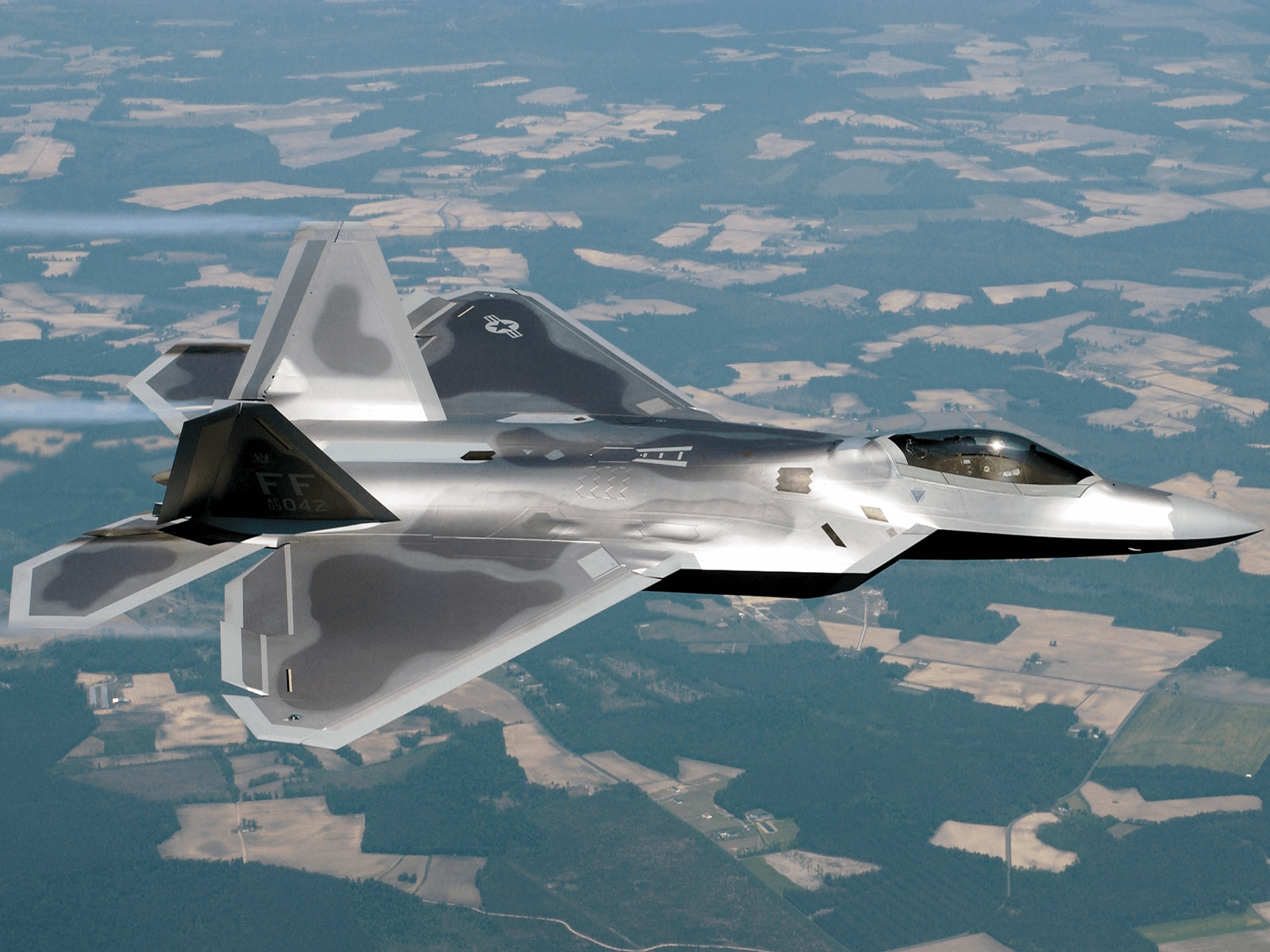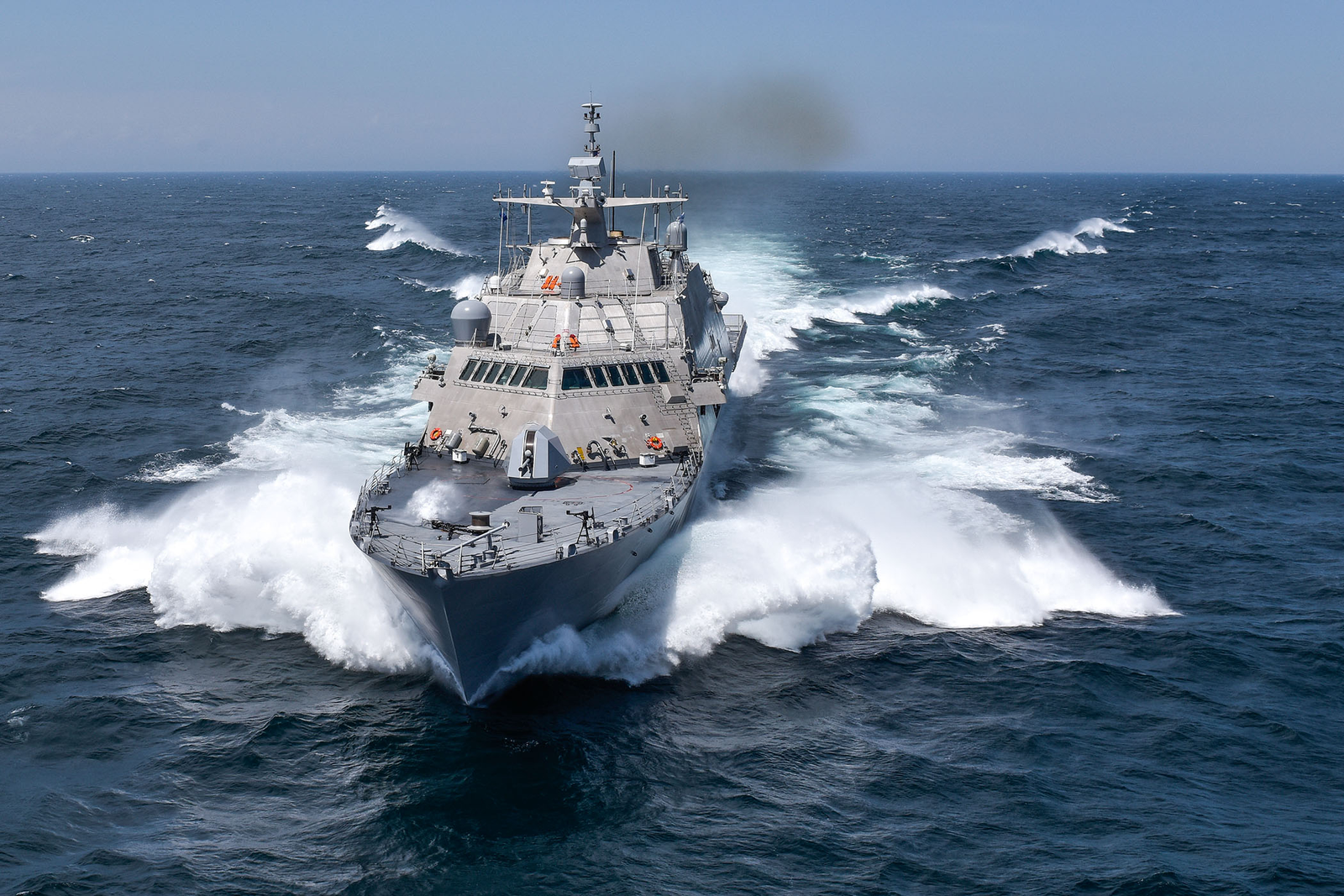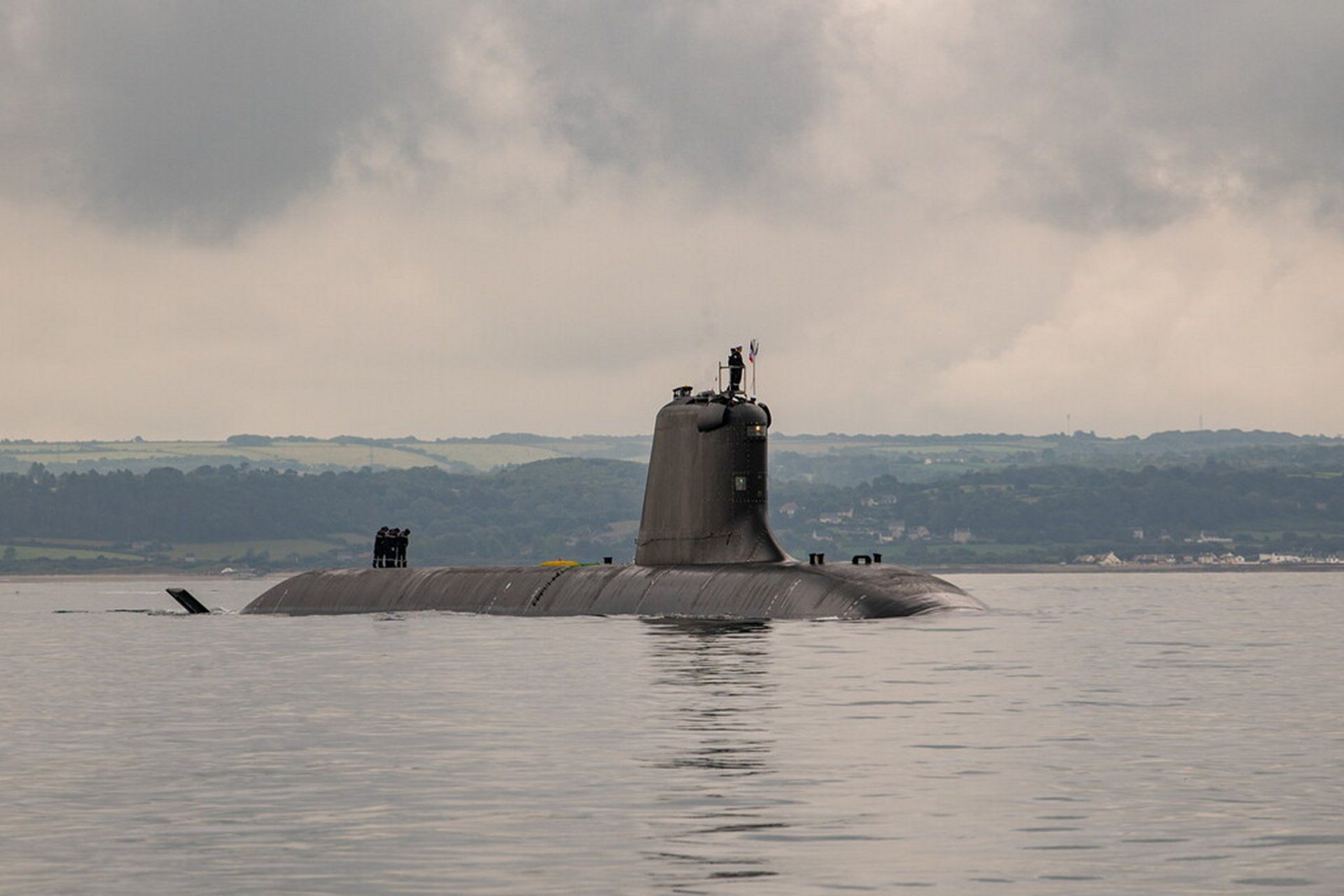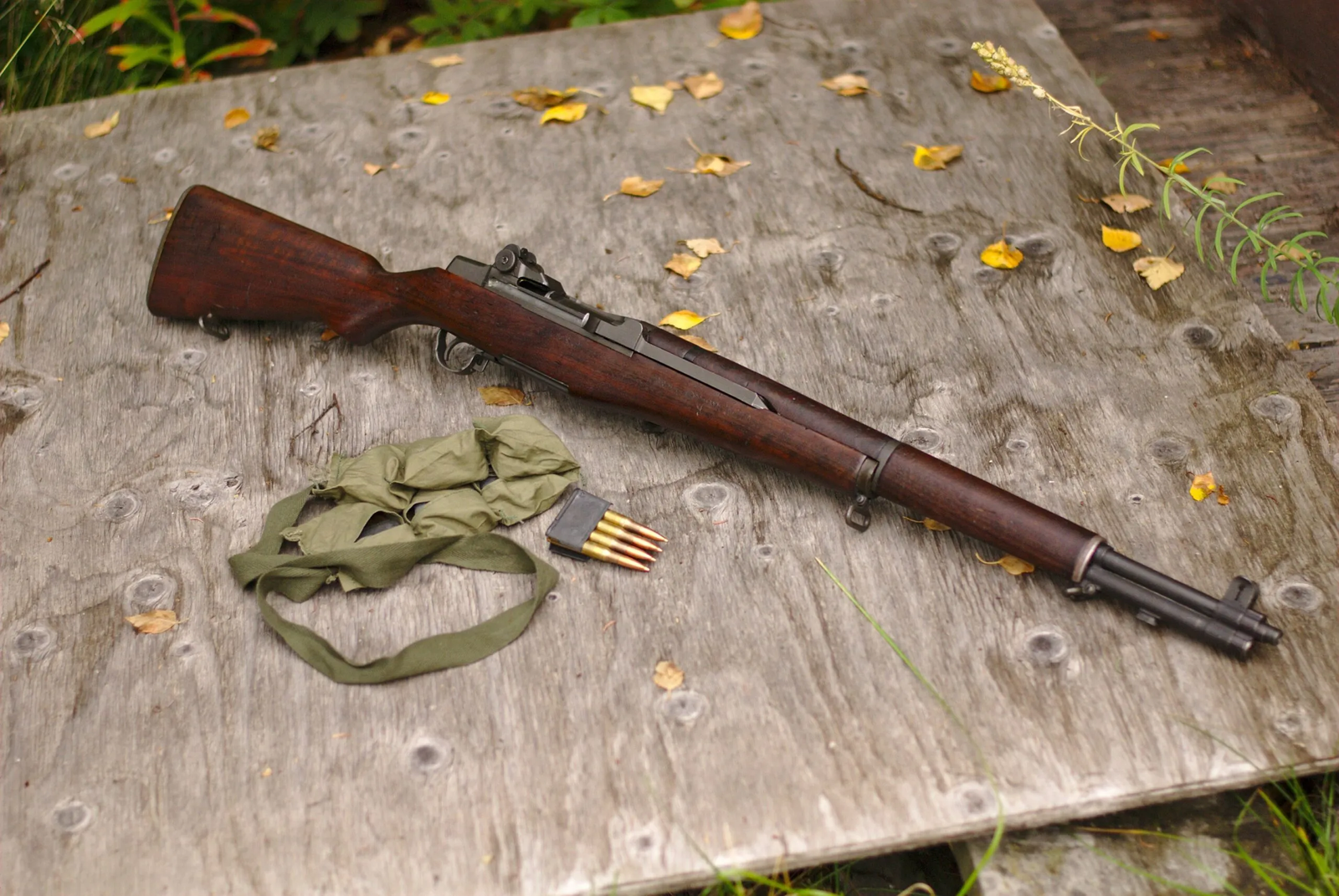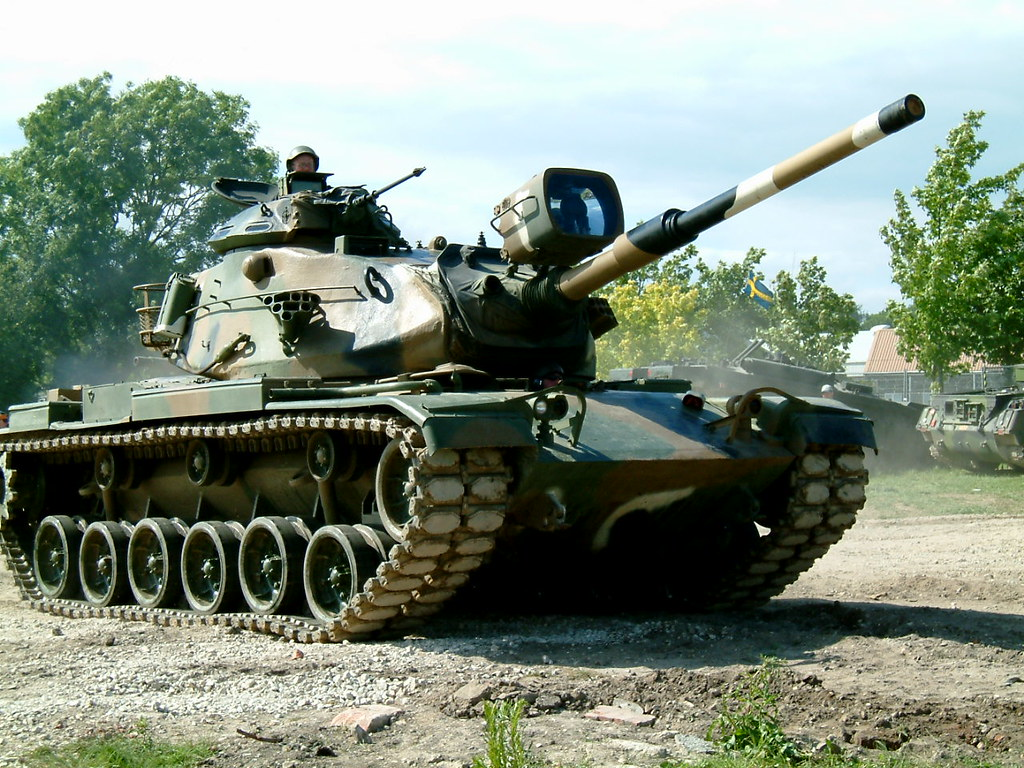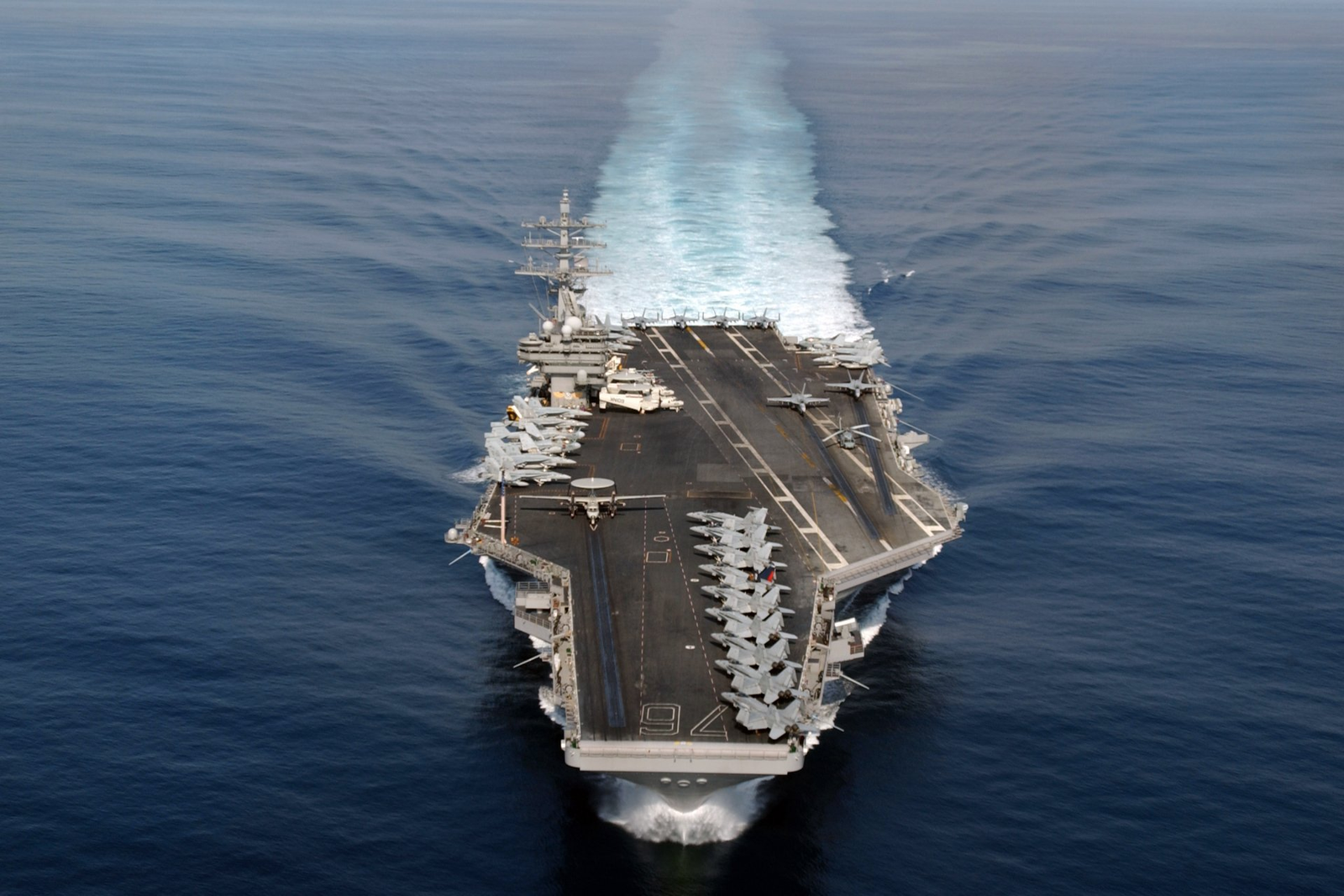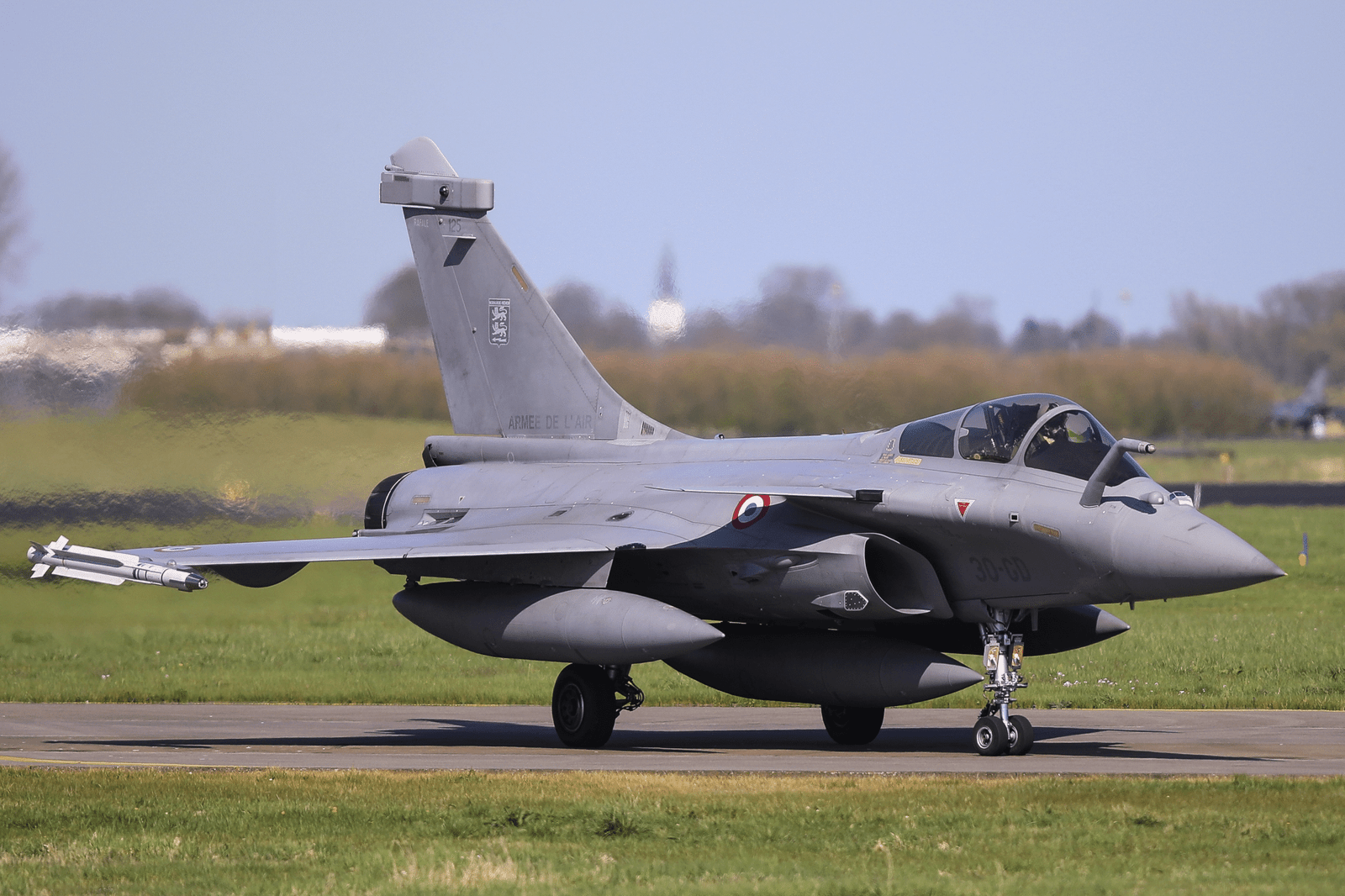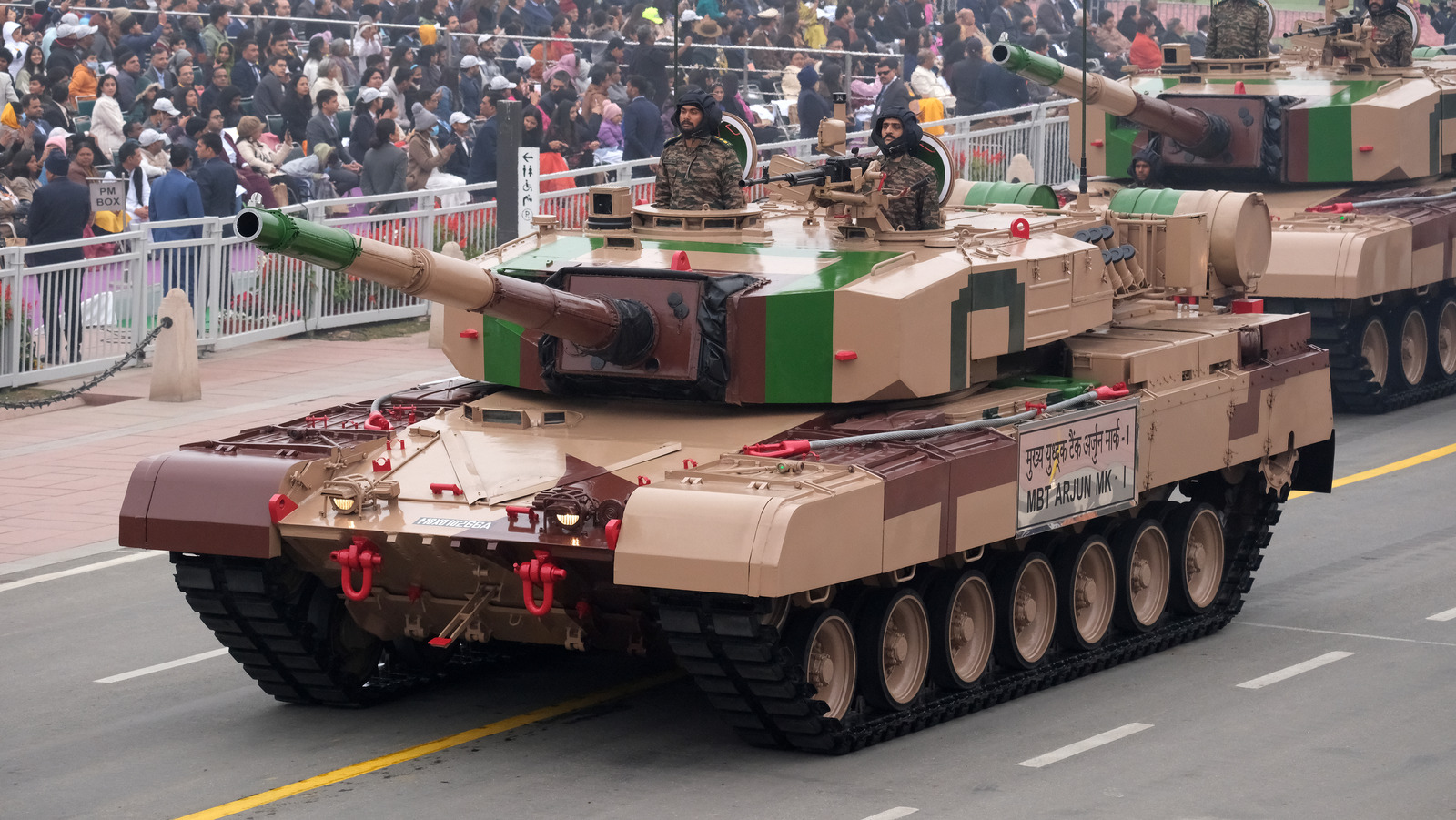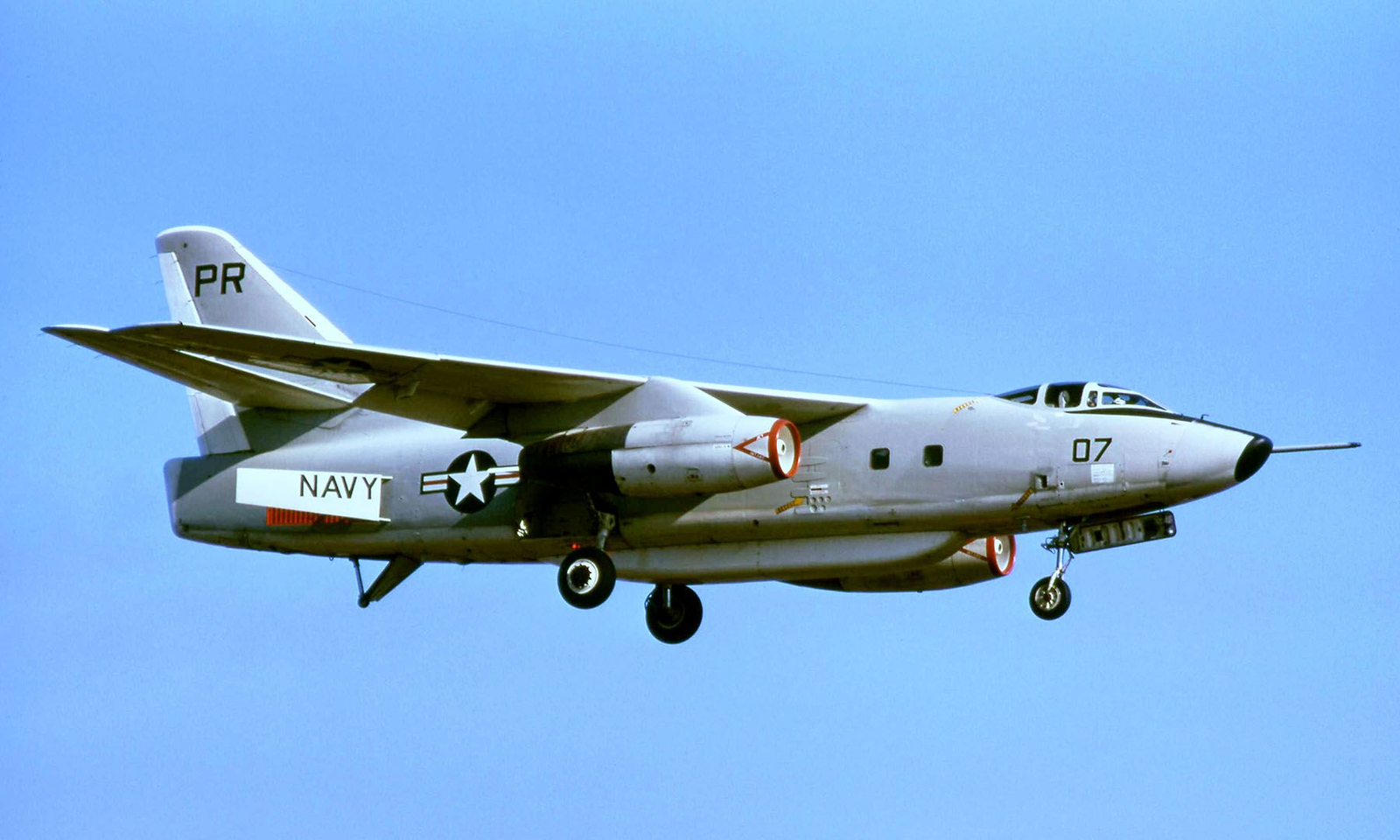
What if the history of the Advanced Tactical Fighter (ATF) competition had turned out differently? This question lingers to this day as one of the “what if” moments of aviation history. In the early 1990s, the U.S. Air Force was confronted with a tough decision. It had to pick one of two revolutionary stealth fighters: the YF-23 from Northrop, which was also known as the Black Widow II, or the YF-22 from Lockheed, which in the future would be called the F-22 Raptor. The two aircraft were technological wonders with different characteristics and oddities, and the question of why the F-22 finally prevailed is still being discussed.

The most critical factor was one of balanced performance. There is no doubt that the YF-23 was powerful and particularly impressive in terms of speed and stealth, but what the U.S. Air Force was looking for was a fighter that could potentially do a wide range of operations. The Black Widow II could maintain supersonic flight without using afterburners, and it was also perfect in stealth from some angles. Nevertheless, the F-22 was able to bring a more well-targeted and integrated package.

The blend of stealth, flight agility, and high-tech avionics that aircraft had made it a sure thing in the air, both air-to-air and air-to-ground encounters, which, for a platform designed to operate for several decades, was very important. Decision-makers believed that the overall performance of the F-22 was more compatible with the Air Force’s mission requirements than the specialized engagements of the YF-23.

Among other things, politics and industrial clout were also very important factors in the situation. We shouldn’t expect any military contract worth millions to be handed over just by looking at the engineering alone. F-22 had strong supporters on its side. For example, Lockheed, together with Boeing and General Dynamics, had very solid political ties and extensive industrial activities, which enabled them to count on the assistance of Congress.

Northrop was still caught in the B-2 nightmare and had unsatisfactory relations with the politicians in Washington. The F-22 generating the maximum number of jobs and most economic returns from different parts of the country was something that legislators liked as much as the technical arguments put forth by Lockheed. In other words, this political momentum helped tip the scales towards the Raptor.

In the same way, the versatility and maturity of the F-22 design were still other deciding factors. From the beginning, the F-22 was considered a more reliable, stealthier, and adaptable rival. The combination of electro-optical devices (EOD), radar, and electronic warfare (EW) systems, which were highly integrated, gave the pilots a distinct advantage in the theater of war.

Besides, the concept of design made all future upgrades, such as guns, sensors, or any other unknown technology to be very simple to integrate and to coexist in the platform with no need for complex changes. The Air Force understood that constant adaptation of the weapon would be necessary in the face of future threats and hence decided that the F-22’s flexibility showed far-sightedness in terms of future investments.

This is the part where, finally, the aircraft’s maneuverability performance weighed heavily on the verdict. The YF-22 had a thrust-vectoring system, which gave it outstanding agility that was comparable to rapid turns, vertical takeoffs, and high-angle-of-attack maneuvers; hence, the pilot could make better contact with the enemy during dogfights.

Contrastingly, while the YF-23 was a perfect combination of stealth and high speed, the designers did not emphasize the development of the aircraft to be capable of high dogfighting skills. The Air Force still placed high importance on the aspect of the veteran dogfight as well as the F-22 performance, when, on the contrary, tactics were about to move even further beyond the visual range of combat.

The YF-23 is still among those aircraft that are really hard to forget about and that could have been something else in the field of aviation history in the USA, and it is even more incredible for the reason of its future-oriented and modern approach.

But it was not only raw performance that was the decisive factor, i.e., the F-22 could combine strengths in terms of versatility, political backing, adaptability, and fight-skill in a way that was totally in line with the Air Force’s idea of long-lasting aircraft. It even today goes on to influence the design of new fighters, thus showing that in military high-stakes decisions, it is not only numbers that matter a lot.
